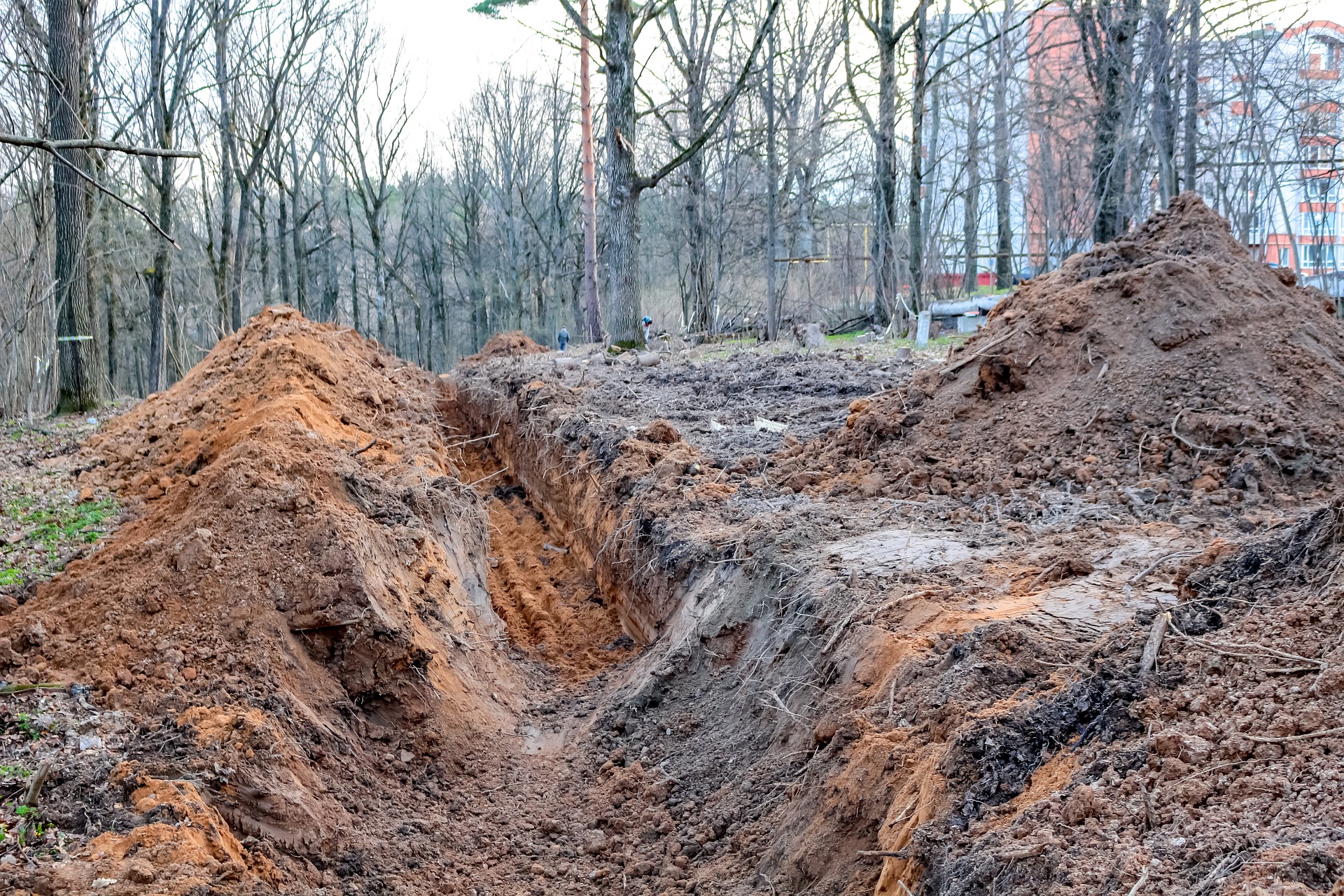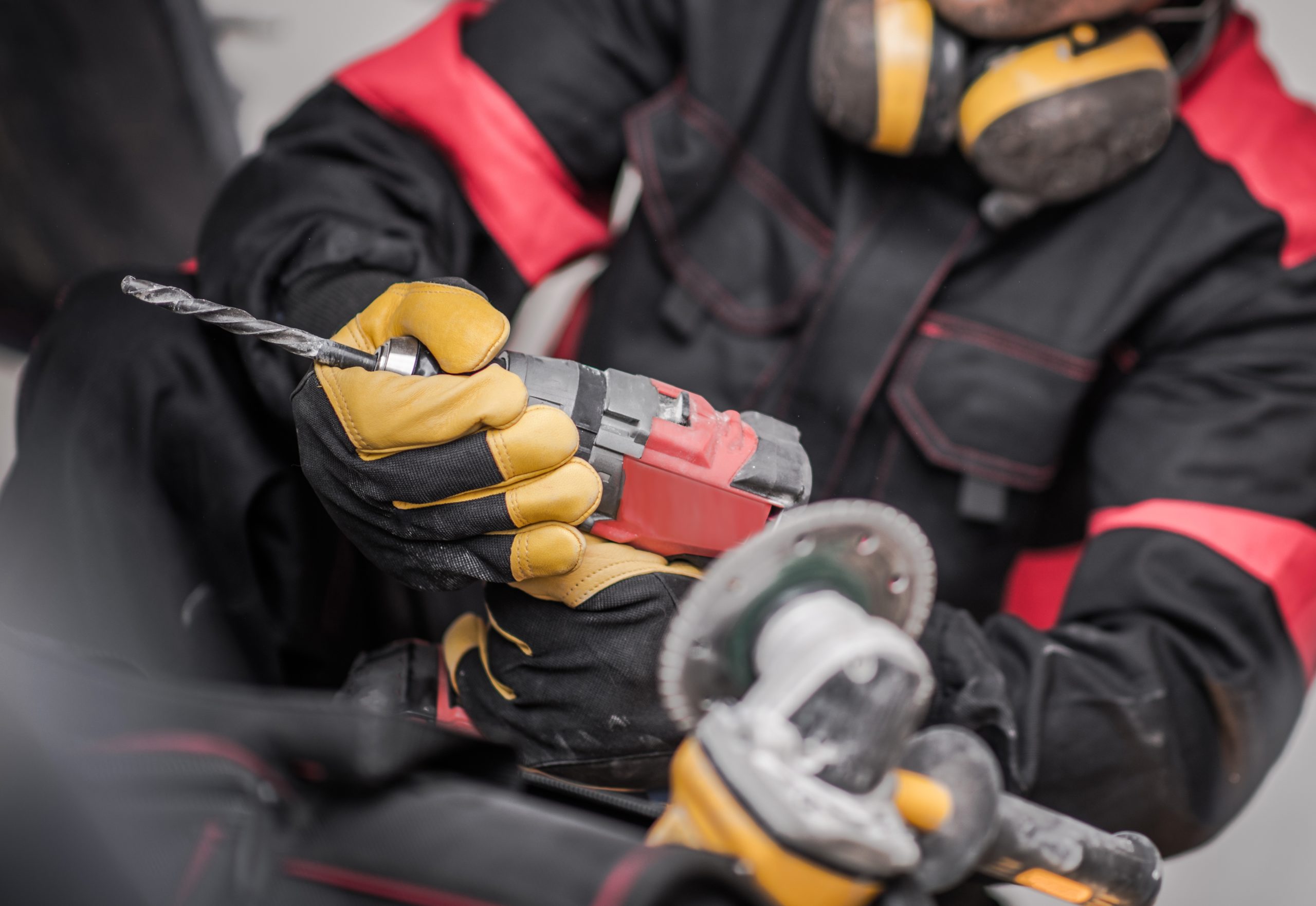Using Incentives and Rewards
Training is important. It helps people succeed at their jobs, becoming more efficient and effective in the workplace. There are those people who are self-motivated and make the time for training on their own. It’s all too easy for the rest of us to push training aside or rush through it without retaining the information. IT’S ALL ABOUT MOTIVATION In our increasingly busy world, it can be challenging to get people to actually show up to training, let alone retain the information. How do you get people to be present and engaged? Incorporate training incentives to give people the extra [...]
Focus on Lightning Safety Practices
Did you know you can still be struck by lightning even when the center of a thunderstorm is 10 miles (16 kilometers) away? No place outside is safe when thunderstorms are in your area, according to the National Oceanic & Atmospheric Administration (NOAA) National Weather Service. “When thunder roars, go indoors,” advises NOAA, adding that if you can hear thunder, lighting is close enough to strike you. Anyone working outdoors needs to immediately move to a substantial building with electricity or plumbing or an enclosed, metal-topped vehicle with windows up, and stay inside that shelter for at least 30 minutes [...]
Heat Wave Conditions Require Heat Stress Protections
With record temperatures in the forecast, you need to remind your work crews of the dangers of heat stress. An estimated 220 workers in Canada and the US die annually from occupational heat stress. Trust me, this is the last thing you want for any of your own workers. Educating Workers about Heat Stress Heat illness doesn’t strike without warning. There are signs and symptoms associated with each of the various forms of heat illness—heat cramps, heat exhaustion and, most dangerous of all, heat stroke (we’ll refer to these illnesses collectively as “heat stress”). The problem is that supervisors and [...]
Trench Safety a Rising Concern
Working in an excavation or trench is one of the most dangerous jobs you’ll have. It’s so dangerous that on average, two workers in North America are killed every month in trench collapses. How Cave-Ins Happen Undisturbed soil stays in place because opposing horizontal and vertical forces are evenly balanced. When you create an excavation, you remove the soil that provides horizontal support. Soil will eventually move downward into the excavation. The longer the face (a side of the excavation) remains unsupported, the more likely it is to cave in. Workers were digging a trench at an abandoned motel, preparing [...]
General Safe Work Practices for Portable Powered Tools
Your company should have some established safe work practices for the safe use of portable powered tools based on your jurisdiction’s requirements. Safe work practices should address the following issues: Disconnection of Tools All tools should be disconnected when they’re not being used, during servicing and for repairs and maintenance like changing blades or tips. Most power tools are what are called “cord and plug” meaning they can be completely de-energized by unplugging them from the outlet. So, while you don’t need a LOTO program for this, you do need to ensure that the person working on the tool keeps [...]
Sweating and Job Hazards
Most people wouldn’t consider sweating to be an occupational hazard, but there are some serious safety and health issues involved with this natural process, which allows the human body to cool itself. Let’s look at some of the potential job hazards associated with sweating, and what workers can do to minimize those risks. Heat stress: When people exert themselves physically, they tend to start sweating, and this is particularly true if workers are toiling in hot and humid conditions. If people are not continually drinking water and taking periodic rest breaks in the shade, they can develop serious heat illness. [...]
How to Train Your Accident Investigators
Accidents are bound to happen no matter how hard you try to prevent them. Investigating those accidents and using the results to identify root causes and corrective action is key to an effective safety program. But if your safety program is like so many others, you probably don’t have anybody trained to perform these functions properly. Our organization stresses accident investigation training. We provide a one-day training program to our accident investigators, customizing the material to each facility. Here’s how it works and how to adapt the approach to your own organization. Why Is Training Necessary? You might think you [...]
When Communicating Safety – Keep Statistics Simple
Train the Trainer – Tips for Presenting From 2020 to 2021, the top five accident types for Company A in the field servicing sector were: struck by – 16% motor vehicles – 11% falls from elevation – 10% musculoskeletal – 22% Meanwhile, Company B in the drilling sector reported these figures: struck by – 16% falls from elevation – 22% caught in object – 10% musculoskeletal – 22% Not by the Numbers Now, without looking, can you repeat all but a couple of those statistics accurately? Probably not. No doubt they left an impression, perhaps even a surprise, but by the [...]
This Date in History Sparked Electrical Safety
As we grow older, there are certain images from childhood that we each remember. One of the images in my memory is the poster of American heroes that graced the wall of Miss Bosco’s first grade classroom. Denizens of the poster included Washington, Jefferson, Lewis and Clark and Lincoln. But the one I most remember was Benjamin Franklin flying his kite in an electric storm. I loved the image but had no idea what Franklin was doing. Later, when I read about Franklin and his work with electricity, I thought the whole kite story was just one of those historical [...]
This Date in History Sparked Electrical Safety
As we grow older, there are certain images from childhood that we each remember. One of the images in my memory is the poster of American heroes that graced the wall of Miss Bosco’s first grade classroom. Denizens of the poster included Washington, Jefferson, Lewis and Clark and Lincoln. But the one I most remember was Benjamin Franklin flying his kite in an electric storm. I loved the image but had no idea what Franklin was doing. Later, when I read about Franklin and his work with electricity, I thought the whole kite story was just one of those historical [...]
Why Are Young Workers at an Increased Risk for Injury?
It is often said that young workers are prone to taking risks, on the job and otherwise, out of a sense of feeling invincible. But research suggests that actually might not be the case, according to a study. Researchers have identified several workplace and worker characteristics that can lead to injuries, especially among young workers. Workplace characteristics include: Insufficient training: Many young workers do not receive adequate orientation and training for their jobs. One study found that just 20 percent of young workers receive any safety training within their first year on the job. Insufficient resources: Many young workers are employed [...]
Why Are Young Workers at an Increased Risk for Injury?
It is often said that young workers are prone to taking risks, on the job and otherwise, out of a sense of feeling invincible. But research suggests that actually might not be the case, according to a study. Researchers have identified several workplace and worker characteristics that can lead to injuries, especially among young workers. Workplace characteristics include: Insufficient training: Many young workers do not receive adequate orientation and training for their jobs. One study found that just 20 percent of young workers receive any safety training within their first year on the job. Insufficient resources: Many young workers are employed [...]











